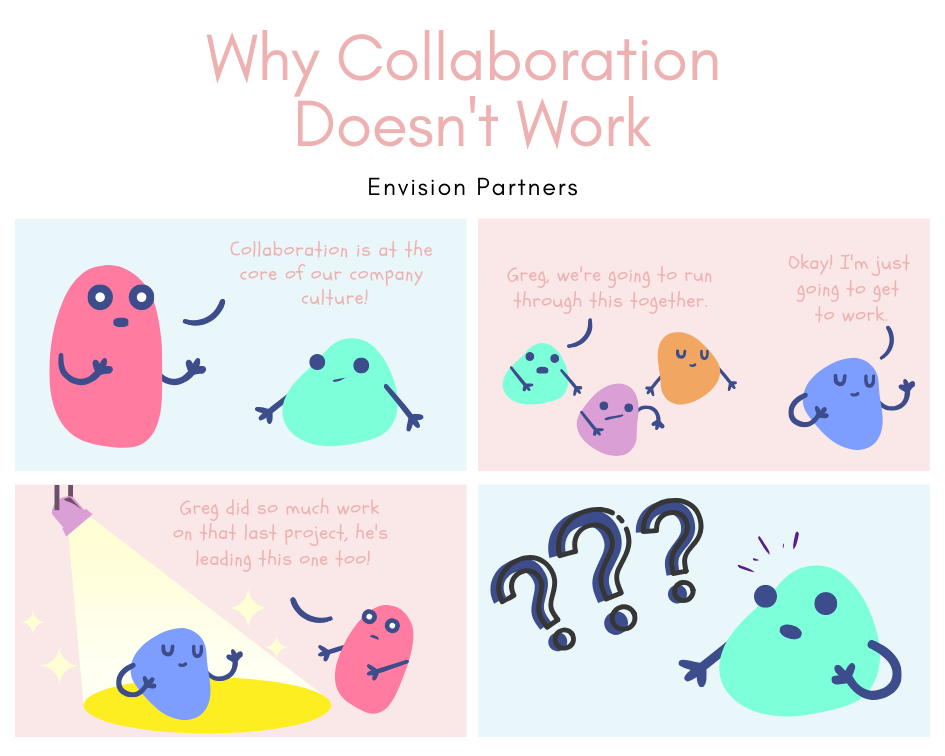Consensus - The Silent Killer
In the long-drawn out attempt to achieve agreement on a decision, your opportunity has died.
A common outcome of flattened and complex organizational structures is the tendency toward gaining consensus before taking action. The organizational structure itself does not inherently require consensus-style decision making. Rather it is the individual working in these organizational structures that feels the need to achieve consensus, because more people are aware of the decisions. Either intentionally or unintentionally, the “need for consensus” becomes a cover for procrastination resulting from a need for more information; fear of making the wrong decision, or fear of political ramifications of the decision. Consensus is a way to disperse accountability for a decision across a group—to not take responsibility for a decision. My decision becomes our decision.
The downside of consensus decisions is the time it takes to achieve the decision, and the final often-compromised decision tends to be less than the best decision. The timing is wrong and, often, so is the solution. Of course, there are benefits to involving others in a decision—first ideas, biases and groupthink are challenged; accuracy of the choice is often improved; outcomes can be more creative, and generally a greater level of commitment is achieved.
Having more people involved in making a decision does not mean that everyone has to actually make the decision. For most decisions there should only be one decision-maker—and that person is the one who is accountable for the decision. The key difference between participation and consensus is the timing of others’ involvement.
Consider the players in a decision; how and when they should be involved:
Decider—that’s you. The one person who actually makes the decision. As the decider, you are accountable for quality of the decision (what and when you decide) and implementation too. After the decision is made, there are:
Approver(s)— almost always there’s going to be someone who needs to approve your decision. It’s not your peers, or your team who approves it. This is your boss or your customer.
Informed—in a complex organization, communication is critical. These individuals are to be informed of your decision, especially when it impacts their future decisions. The informed should also include your consultants (see below) so they know how you used their input.
Executor(s)—a sub-group of the informed, this is the person or the persons who will actually carry out the decision. The executor can be the decider (you) and/or one or more consultants. Consulting the executors is pretty good way to increase their buy-in.
None of these 4 groups are mutually exclusive. You, however, are the only decider.
For the purpose of emphasis, the consulted are discussed last. However, the consulted are the first to be involved in a decision. Clarity around the roll of the consulted is where we separate group participation from consensus decision-making; where we achieve the benefits of involving others and of faster decision-making.
Consulted—these individuals are involved prior to the decision. The decider consults others to collect data, which might include the consulteds’ opinions. The decider must be persuadable by data and opinions but is not obligated to be persuaded.
Don’t confuse consulting others with giving them permission to be a decider. Keep it clear in your mind and in theirs. Consultation of others can create ambiguity for the decider, which may drive a decider to not consult at all. This choice in-turn results in all of the benefits of participation to be lost.
It is critical in a conversation with consultants that the decider allows individuals to give their insight, but it does not make them a decider. By consulting with others, you gain the benefits of being challenged; making more accurate and creative decisions, and increased buy-in on the final decision. Consulting others prior to a decision does take some time, but it does not impede progress like it does trying to get everyone to agree to a decision before a decision can be made.











A 3-step process to help you and your employees create lasting behavioral change.